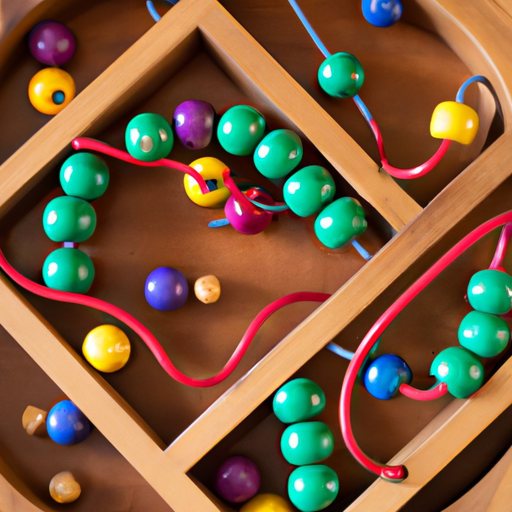If you’ve ever wondered if playing with maze toys can actually improve your fine motor skills, then this article is for you. Maze toys have long been a favorite pastime for both children and adults, but their benefits extend beyond just entertainment. In this article, we will explore the potential impact that playing with maze toys can have on developing and enhancing fine motor skills. So, get ready to navigate through the twists and turns of this fascinating subject and discover how a simple toy can help enhance your dexterity and coordination.
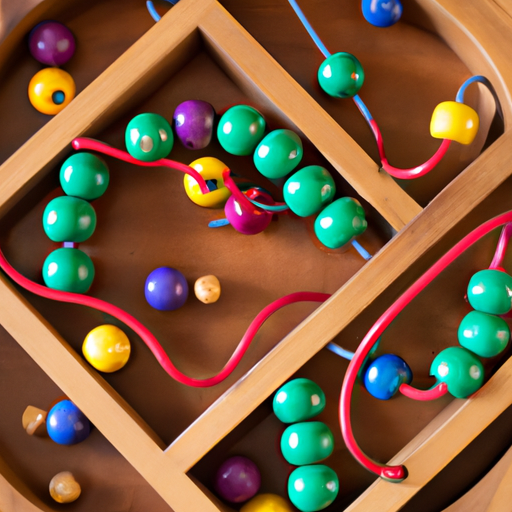
The Importance of Fine Motor Skills
Fine motor skills play a crucial role in our everyday lives, allowing us to perform intricate tasks that involve precise movements of the small muscles in our hands and fingers. These skills are essential for activities such as writing, buttoning clothes, and tying shoelaces. Understanding the importance of fine motor skills is key to recognizing their impact on our overall development and functionality.
Understanding Fine Motor Skills
Fine motor skills refer to the ability to control and coordinate the small muscles in our hands and fingers. These skills involve the precise movements necessary for tasks such as grasping objects, using utensils, and manipulating small objects. They require hand-eye coordination, finger dexterity, and spatial awareness.
Why Fine Motor Skills are Important
Fine motor skills are essential for both children and adults. In children, the development of fine motor skills is directly linked to early childhood development. As children grow, fine motor skills assist in their cognitive, social, and emotional development. In adults, maintaining and enhancing fine motor skills is important for maintaining independence and performing various daily activities.
Maze Toys and Fine Motor Skills
What are Maze Toys?
maze toys are intriguing playthings that consist of a maze-like structure with paths and obstacles that require maneuvering a small object through. They come in various forms, such as handheld mazes, puzzle mazes, and tabletop maze games. Maze toys are designed to engage and challenge individuals while promoting the development and refinement of fine motor skills.
How Maze Toys Enhance Fine Motor Skills
Maze toys offer an exciting and interactive way to improve fine motor skills. Manipulating the small objects within the maze requires precise movements and coordination of the hand and fingers. As individuals navigate through the maze, they develop hand-eye coordination, finger dexterity, problem-solving skills, and spatial awareness.
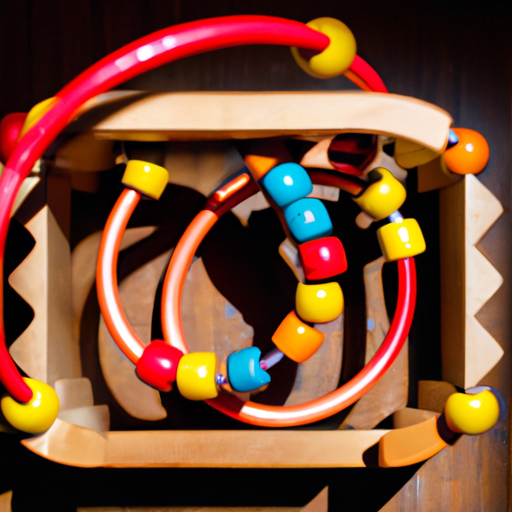
Benefits of Playing with Maze Toys
Developing Hand-Eye Coordination
One of the main benefits of playing with maze toys is the development of hand-eye coordination. Navigating the small object through the maze requires individuals to visually track the object while coordinating their hand movements. This process strengthens the connection between the eyes and hands, leading to improved coordination and accuracy in various activities.
Improving Finger Dexterity
Playing with maze toys also helps improve finger dexterity. Manipulating the small object within the maze requires precise movements and control of the fingers. As individuals engage in this activity regularly, they enhance the strength and flexibility of their finger muscles, leading to improved control and dexterity in performing intricate tasks.
Enhancing Problem-Solving Skills
Maze toys offer a fun and interactive way to enhance problem-solving skills. Individuals are presented with the challenge of navigating through the maze, overcoming obstacles, and finding the correct path towards the goal. This process stimulates the brain, fostering critical thinking, logical reasoning, and the ability to strategize and adapt to different situations.
Strengthening Spatial Awareness
Engaging with maze toys strengthens spatial awareness, which is the ability to understand and interpret spatial relationships between objects and their environment. Navigating through the maze requires individuals to visualize the path and anticipate the movements required to reach the goal. This spatial reasoning enhances individuals’ ability to mentally map and navigate physical spaces.
Fine Motor Skills Development in Children
Early Childhood Development
The development of fine motor skills in children is a critical aspect of early childhood development. As infants and toddlers explore the world around them, they engage in various activities that naturally promote the development of fine motor skills. These include grasping toys, stacking blocks, and scribbling with crayons. As children grow, their fine motor skills continue to develop and become more refined through the use of more complex manipulative toys, such as maze toys.
Role of Maze Toys in Fine Motor Skills Development
Maze toys play a significant role in the development of fine motor skills in children. Through the manipulation of the small objects within the maze, children practice and refine their hand-eye coordination, finger dexterity, problem-solving skills, and spatial awareness. Engaging with maze toys also helps children develop patience, concentration, and perseverance, as they work towards successfully navigating the maze.
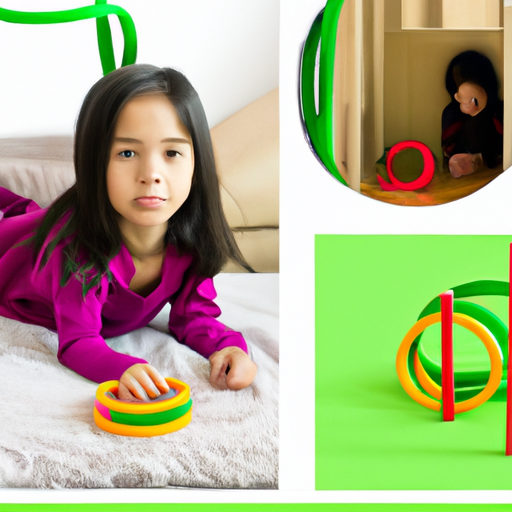
Fine Motor Skills Improvement in Adults
Maintaining and Enhancing Fine Motor Skills in Adulthood
While the emphasis on fine motor skill development is often placed on children, it is equally important for adults to maintain and enhance these skills throughout their lives. Engaging in activities that challenge and stimulate the fine motor muscles can help prevent the decline in dexterity and coordination that can occur with age. Maze toys offer an enjoyable way for adults to exercise and maintain their fine motor skills.
Benefits of Including Maze Toys in Occupational Therapy
Maze toys are frequently incorporated into occupational therapy sessions for adults. Occupational therapists utilize maze toys as therapeutic tools to address fine motor skill deficiencies caused by various conditions or injuries. The interactive and engaging nature of maze toys makes them an effective tool for improving hand-eye coordination, finger dexterity, and problem-solving skills in adults undergoing rehabilitation or seeking to enhance their fine motor skills.
Choosing the Right Maze Toys
Consideration for Age Appropriateness
When choosing maze toys, it is crucial to consider the age appropriateness of the toys. Some maze toys are designed specifically for younger children to develop basic fine motor skills, while others may have more complex mazes for older children and adults. Selecting maze toys that are suitable for the individual’s age will ensure they provide the right level of challenge and engagement.
Different Types of Maze Toys
There are various types of maze toys available, each with its unique features and challenges. Handheld maze toys are compact and portable, making them easy to carry and play with on the go. Puzzle mazes come in different shapes and sizes and require individuals to solve puzzles and navigate through the maze. Tabletop maze games provide a larger-scale maze experience, often involving multiple players. Exploring different types of maze toys can add variety and excitement to fine motor skill development.
Choosing Educational and Developmentally Appropriate Toys
When selecting maze toys, it is essential to choose those that offer educational value and align with the individual’s developmental needs. Look for maze toys that provide opportunities for learning and skill enhancement, such as those that incorporate numbers, letters, or colors. Additionally, considering the individual’s specific fine motor skill goals can help in choosing maze toys that target and challenge those areas.
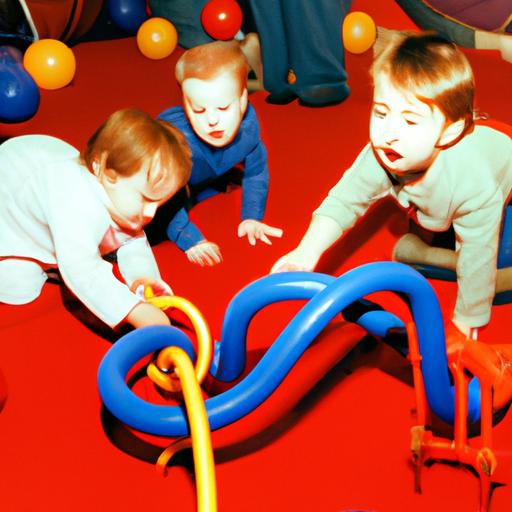
Safety Considerations
Choosing Maze Toys with Rounded Edges
Safety should always be a top priority when selecting maze toys. Opt for toys that have rounded edges and smooth surfaces to reduce the risk of injuries, especially when used by young children who may be more prone to accidents. Ensuring that the materials used in the construction of the maze toys are non-toxic and durable is also important for safe play.
Avoiding Small Parts and Choking Hazards
Carefully inspect maze toys to ensure they do not have any small parts that could pose a choking hazard, especially when considering toys for young children. Any detachable components or accessories should be securely fastened to prevent accidental ingestion. Always follow the age recommendations provided by the manufacturer to ensure the safety of the individuals playing with the maze toys.
Incorporating Maze Toys into Playtime
Engaging Activities with Maze Toys
Incorporating maze toys into playtime can be a fun and engaging way to promote fine motor skill development. Encourage individuals to engage in activities that involve racing against the clock, competing with friends, or even strategizing together to find the fastest solution to the maze. These activities not only enhance fine motor skills but also foster teamwork, creativity, and problem-solving abilities.
Incorporating Maze Toys in Group Play
Another way to incorporate maze toys into playtime is to engage in group play. This can involve setting up larger maze challenges that require teamwork or organizing competitions to see who can complete the maze in the shortest amount of time. Group play adds an element of social interaction and cooperation, making the experience even more enjoyable and beneficial for fine motor skill development.
Creating DIY Maze Toys for Interactive Play
For those who enjoy hands-on activities, creating DIY maze toys can be a creative and interactive way to engage with fine motor skills. Using household materials such as cardboard, straws, and marbles, individuals can design and build their own custom maze structures. This process involves planning, problem-solving, and spatial reasoning skills, in addition to the fine motor skills exercised during play.
Using Maze Toys for Therapeutic Purposes
Maze Toys in Occupational Therapy
Occupational therapists often incorporate maze toys as part of their treatment plans for individuals with fine motor skill challenges. By using maze toys in therapy sessions, therapists can target specific areas of difficulty and help individuals improve their hand-eye coordination, finger dexterity, and problem-solving skills in a controlled and supportive environment. Maze toys provide a tactile and engaging tool to promote skill development and functional independence.
Using Mazes for Rehabilitation and Recovery
Maze toys can also be utilized during the rehabilitation and recovery process for individuals with various injuries or conditions affecting their fine motor skills. Engaging with maze toys allows individuals to practice and regain their motor skills in a structured and focused manner. The challenges presented by the maze help retrain the muscles and neural pathways involved in fine motor control, aiding in the recovery process.
Conclusion
In conclusion, maze toys offer numerous benefits for the development and enhancement of fine motor skills in both children and adults. Through the engagement with these toys, individuals can improve hand-eye coordination, finger dexterity, problem-solving skills, and spatial awareness. Maze toys not only provide a fun and interactive way to promote fine motor skill development but also play a crucial role in early childhood development and occupational therapy. By encouraging play with maze toys, individuals can actively enhance their fine motor skills and enjoy the many advantages that come with their improved dexterity and coordination.

